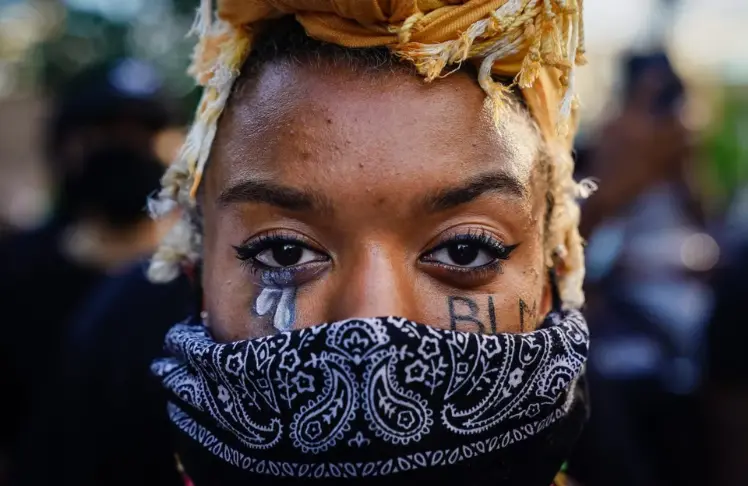
The constant fight for Black lives is heavy, tiresome, and seemingly never-ending. Yet, if there is anything history has shown — we continue to rise.
From the earliest days of colonization and enslavement to the present, every generation of Black folks has seen the rise of leaders and movements fighting for liberation.
This history is rich, with figures like Frederick Douglass, who worked to abolish slavery; Harriet Tubman, who led enslaved people to freedom; W.E.B. Du Bois, who helped form the NAACP; and Ida B. Wells, whose investigative reporting on lynching awarded her a Pulitzer Prize, and many more.
And then there’s Martin Luther King Jr., who carried the Civil Rights Movement on his shoulders. As we observe 41 years since MLK Day became a federal holiday, it’s important to reflect on the past, present, and future of Black America. Dr. King was not the first and will not be the last Black liberationist to lead a movement.
His legacy is one of the most widely known and studied in Black history. And his influence continues to proceed his short life.
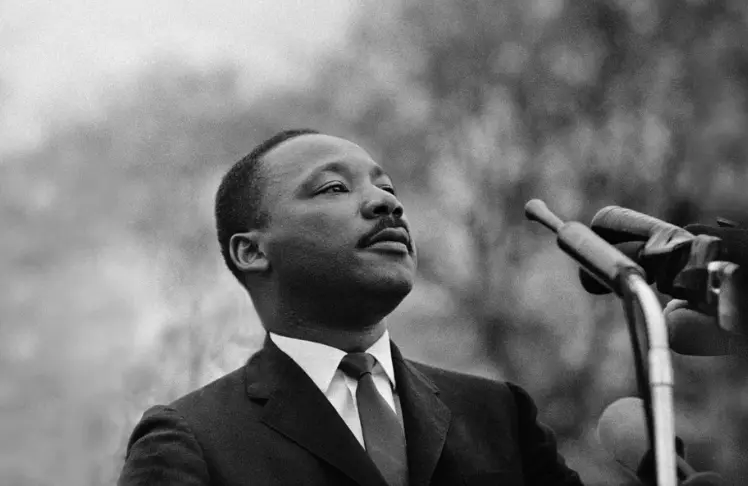
Dr. King was never formally diagnosed with depression, although various scholars and historians have speculated on it. Time magazine recounted what happened in 1966 after efforts to desegregate schools in Grenada, Mississippi, resulted in a vicious and violent white mob attacking Black children: “King Jr. would not get out of bed. Andrew Young, his closest adviser, tried everything. He used all the techniques they had learned over the course of the movement when any one of them faced debilitating exhaustion. Nothing worked. This was not exhaustion. King had fallen into a deep depression, and he would not budge.”
Which begs the question: Why don’t we talk more about the mental health toll on Black activists — past and present?
Threat of Violence, Death Looms
Jameca Woody Cooper, a clinical psychologist in St. Louis, Missouri, breaks down the toll it takes to partake in the fight for Black liberation.
“It’s exposure to trauma,” she says. “The threat of violence is really traumatic. Not only that it could happen but the ways that it could happen.”
Woody Cooper was the president of the Association of Black Psychologists in 2014. The organization conducted crisis work in the community after Michael Brown was killed by police officers. Psychologists found an “unusual amount of tension.” To aid the community, they did art therapy with the children in the apartment complex where the shooting occurred and practiced mindfulness and yoga with the adults.
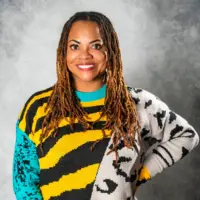
In St. Louis, Woody Cooper notes that many Black activists have died under suspicious circumstances. Darren Seals, who protested the killing of Michael Brown, was found shot to death in a burning car. Nearly a half dozen other Ferguson men were killed in a similar manner.
“There is a threat of death,” she says. “These are real things that can happen, it’s not fluff.”
Historically, many Black leaders have been killed for their activism — like Dr. King, Fred Hampton, Harry and Harriette Moore, and Malcolm X.
Although the issues that activists are protesting today have somewhat changed to systemic issues, like police brutality and mass incarceration, Woody Cooper says there’s going to be sadness in this work.
“These are issues that should make you angry,” she says. There’s a lot of frustration that happens when you protest and don’t see immediate change. And she’s noticed a shift in the attitude towards protest tactics.
“I think this younger generation of protesters is a by any means necessary approach,” Woody Cooper says. “They’re OK with the non-violence, but they’re also OK with the violence.”
But she highlights that when you get older, you realize it takes time and decades to change things, and it may happen after you die. Yet, the continuous attack on Black activists has not stopped younger generations and new voices from continuing the legacy others have started.
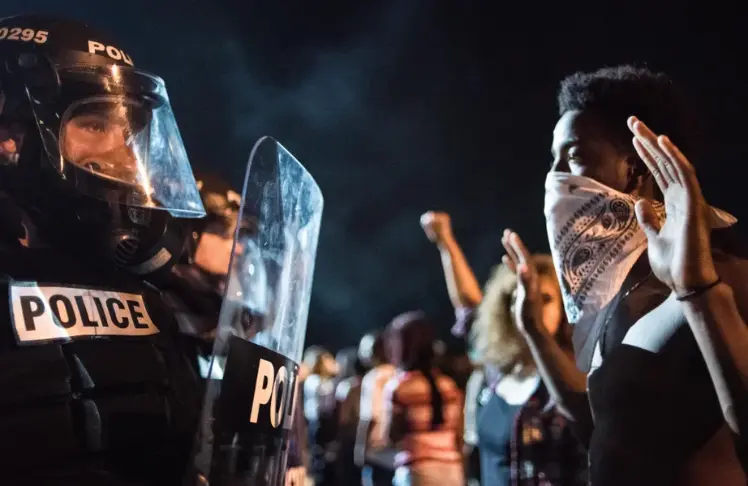
Stefan Bradley, a professor of Black studies and History at Amherst College, says one of the biggest shifts in Black resistance campaigns is technology. The Civil Rights Movement was primarily through word of mouth and letters — now, organizing efforts is typically done via social media.
This has played a key factor in the accessibility of information and support for Black liberation movements. For example, when the Black Lives Matter movement started in 2013, the plethora of support and solidarity increased in large part because of social media. A Pew Research Center report from last year highlights that 77% of social media users have come across content related to Black Lives Matter.
There’s also been more attention and celebration on the pivotal role women and queer people have contributed to organizing, Bradley says. “I think this was a bit jarring to old-school activists and organizers at first. But let’s be clear about this: Black women have been at the forefront of the vanguard of the Black Freedom Movement, since always.”
Evolution of Black Activism
Now, activism takes place all over online platforms. And local and national organizations have been established throughout the country to support Black folks in every facet. Many youth activists are dedicating their energy to carrying the torch that leaders like Dr. King set forth.
As time goes on, the fight for Black lives continues — it just looks different with each generation. Bradley says there’s still much to be learned from older generations and the way they initiated the fight.
“Sometimes young people believe that they invented things,” he says. “I just like to remind everybody, as somebody who studies history, our grandparents were lit. They literally survived everything and moved things forward.”
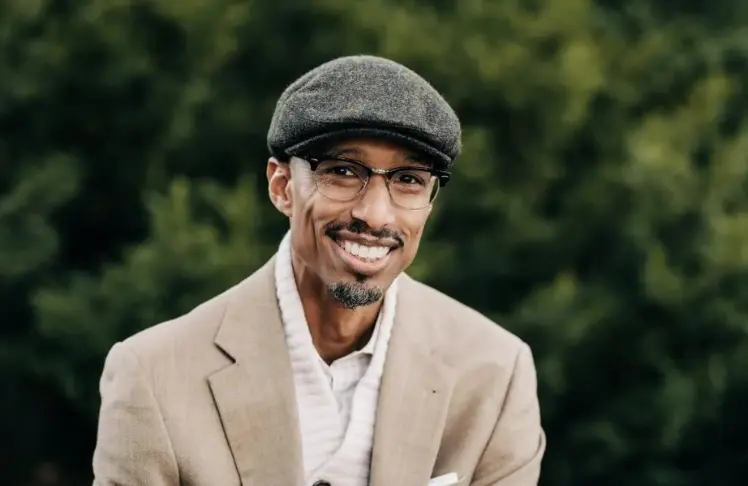
Bradley says the way history is taught can be a disservice to students. There’s often a belief that Black people were “beat but love their enemies into submission.” But he says the nonviolent tactics of the Civil Rights Movement, at times effective, don’t accurately represent the push and pull of real history.
“There’s a group of people who don’t care about dying within the Black community. They don’t mind dying to be free,” he says. “That group of people sustains the group of people that want to be nonviolent.”
Noting that there were Black folks who acted in self-defense — whether African Americans practiced non-violence or not — Bradley says all these tactics worked in conjunction to advance freedom.
Views of Dr. King’s approach to non-violence were, sometimes, scrutinized by other Black leaders during his lifetime. And perceptions of him haven’t always been positive. In a 2011 survey of more than 1,300 Americans, Dr. King was viewed more positively after his 1968 death.
“We make it sound like there’s only one way to be in activism,” Bradley says. “People love the sexy parts.” We often forget the efforts policymakers, folks who bail others out, journalists, and folks who work at think tanks continue to make in the Black Freedom Movement.
What Youth Activists Are Doing Today
Jerome Foster II, a 21-year-old from Washington D.C., is the executive director of Waic Up, and an environmental justice activist. Growing up, his parents were active community organizers. This instilled in him a responsibility to be informed and work with the community.
“There was this looming, ticking time bomb over our heads growing up,” Foster says about the dire future of the planet. “As young people, it felt so overwhelming. For many years, I had climate anxiety, like what am I to do.”
Soon, he was able to replace his anxiety with a sense of urgency. He recognized that the adults in positions of power were supposed to protect the planet and safeguard the future of the next generation — but that simply wasn’t going to happen. They weren’t and continue to not do enough.
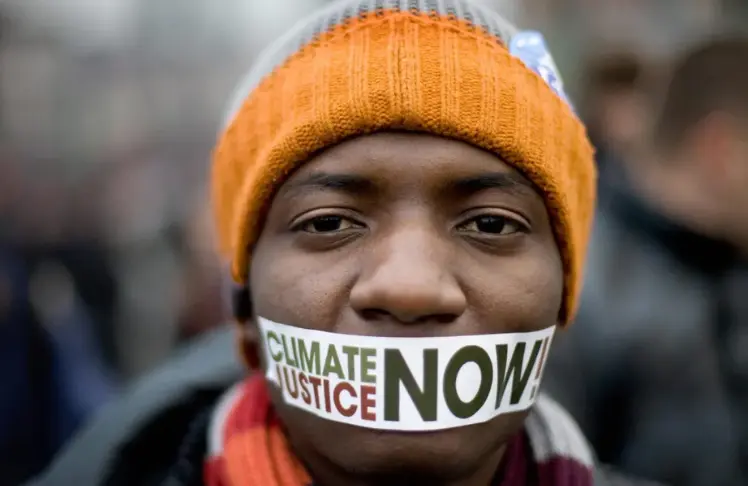
“The climate crisis is something that truly embodies the system of capitalism at its root,” Foster says. “For us to unroot the climate crisis we have to unroot our economic system … marginal changes aren’t enough.”
For the last seven years, his activism has included a range of roles. He became an advisor to the D.C. Board of Education; he went from listening to community organizers to helping plan protests and participating in climate strikes. Now, as a member of the White House Environmental Justice Advisory Council, Foster continues an active approach by talking about climate solutions with leaders worldwide.
Part of Foster’s inspiration to become an activist comes from Dr. King’s legacy and the way he championed environmental justice. He also looks at leaders like the late U.S. Rep. John Lewis, who heavily supported environmental justice.
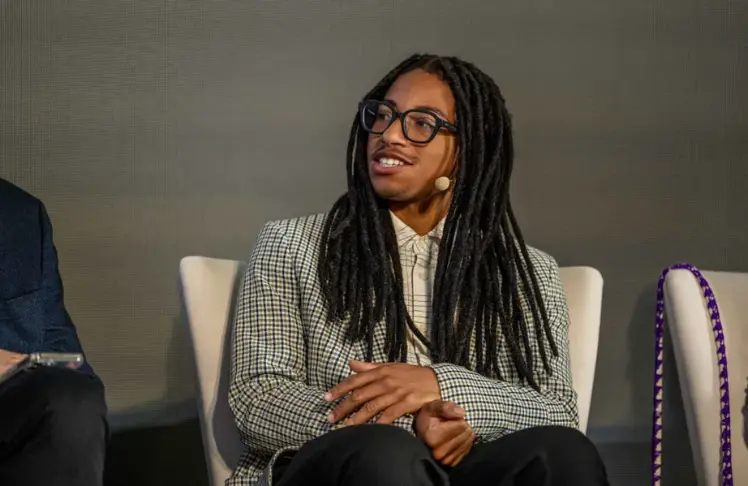
But he says the weight of being a young activist takes its toll.
The pressure to engage other young people to get them involved quickly transitions to becoming a person others look up to. Foster is regularly invited to speak at conferences and summit meetings — often with little change.
“It feels really burnt out because when you have the opportunity to speak up, you want to have the solutions. But as young people were the victims of this crisis … and we’re asking world leaders to listen to the scientists and community members,” Foster says. “Realistically, world leaders don’t need a conference to take action.”
Shifts in Black Activism Offers Hope
As new generations have come along, Gen Z and Millennials have notably been the generation to destigmatize mental health and prioritize self-care. Bradley says there’s more awareness of how activism affects your mental state.
Younger generations tend to acknowledge that you can’t give everything to this movement and expect to be OK. It’s important to replenish yourself after investing so much time and energy. There’s a time to activate, to press hard, to make demands, but Bradley says it took several hundred years to get here.
“It’s a long movement that ebbs and flows,” he says. “One thing that people can learn from previous generations is that, if you fight, you win. Our parents could only take it so far. Now it’s our turn.”
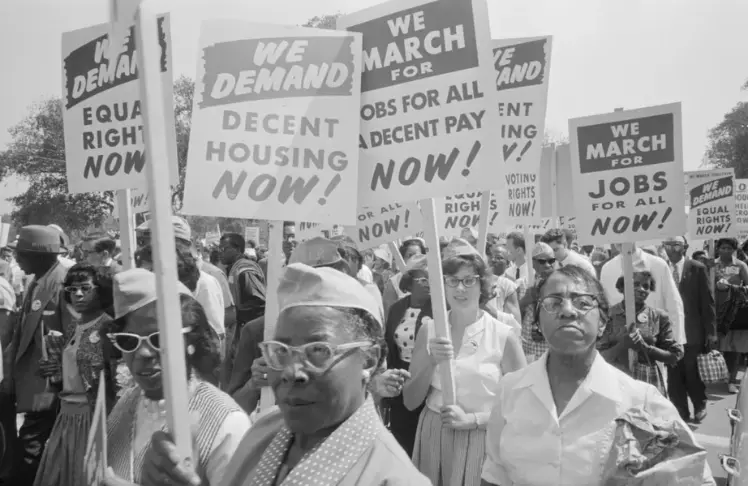
Jamal Jones, a licensed marriage and family therapist in Fresno, California, says it’s important to prioritize your mental health every day. To participate in a protest is a risk, but “it takes courage, and that courage is the antidote to anxiety.” It’s important to be proactive and recognize when you are experiencing trauma, he says, and get the mental health support you need.
“Black children don’t get a chance to make mistakes and live to learn about it. Either they’re being killed quickly by bullets, chokeholds, or injections, or they’re being killed slowly by being suspended, expelled, or placed in juvenile detention,” Bradley says.
It goes without saying that a lot has been done to harm Black people, he says. But white institutions are known to make concessions without a genuine sense of commitment. For example, banning chokeholds or incorporating diversity, equity, and inclusion training are examples of concessions. And, the national spotlight on and investment in Black folks has simmered since 2020 — “we’re getting back towards the repression stage.”
“It’s hip to say you’re an ally, it’s hip to say that you’re down with the cause until it costs you,” Bradley says.
Despite this, he and those interviewed for this story are hopeful for repair. They believe in the power of healing and the ability of Black folks to be culturally acknowledged and to advance economically.
“When young people say defund the police or abolish prisons, they’re dreaming,” he says. “And I say they should be allowed to dream.”















